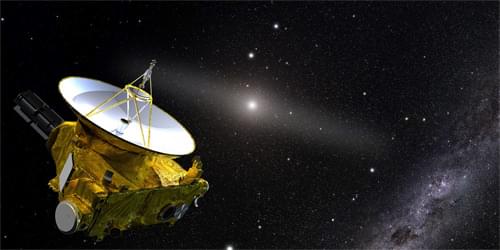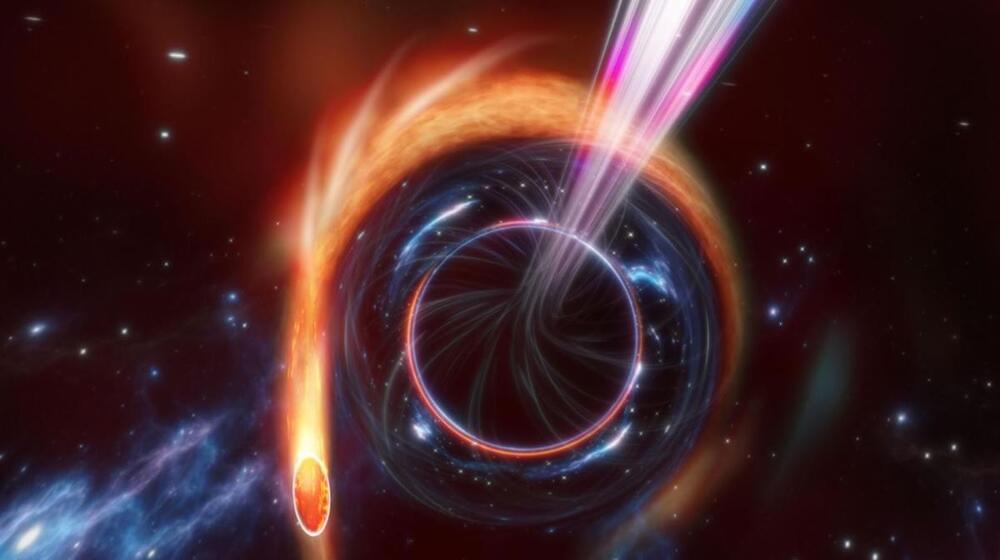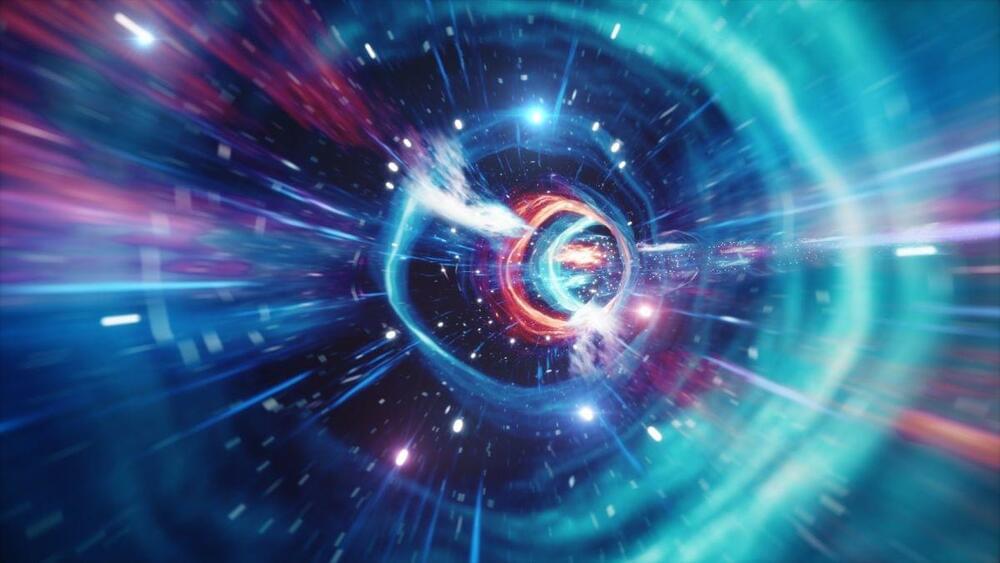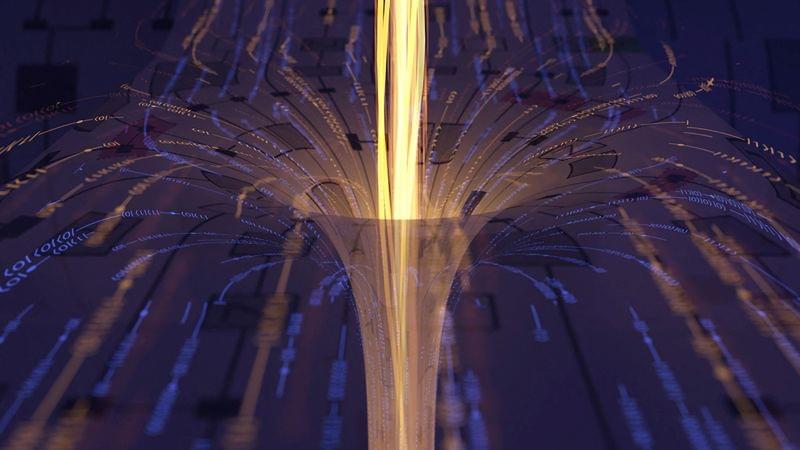Axions that decay into photons could account for visible light that exceeds what’s expected to come from all known galaxies.
If you could switch off the Milky Way’s stars and gaze at the sky with a powerful telescope, you’d see the cosmic optical background (COB)—visible-wavelength light emitted by everything outside our Galaxy. Recent studies by the New Horizons spacecraft—which, after its Pluto flyby, has been looking further afield—have returned the most precise measurements of the COB yet, showing it to be brighter than expected by a factor of 2. José Bernal and his colleagues at Johns Hopkins University in Maryland propose that this excess could be caused by decaying dark matter particles called axions [1]. They say that their model could be falsified or supported by future observations.
Comparing COB measurements to predictions provides a tool for testing hypotheses about the structure of the Universe. But measuring the COB is very difficult due to contamination by diffuse light from much nearer sources, especially sunlight scattered by interplanetary dust. Observing from the edge of our Solar System, New Horizons should be unaffected by most of this contamination, making the measured excess brightness a tool for improving our understanding of galaxy evolution.






